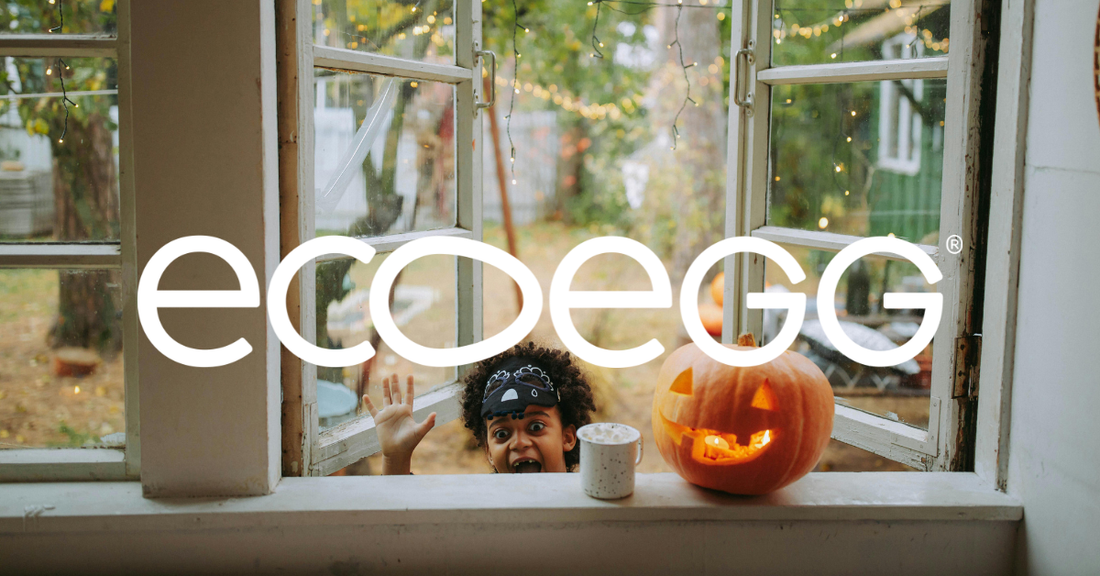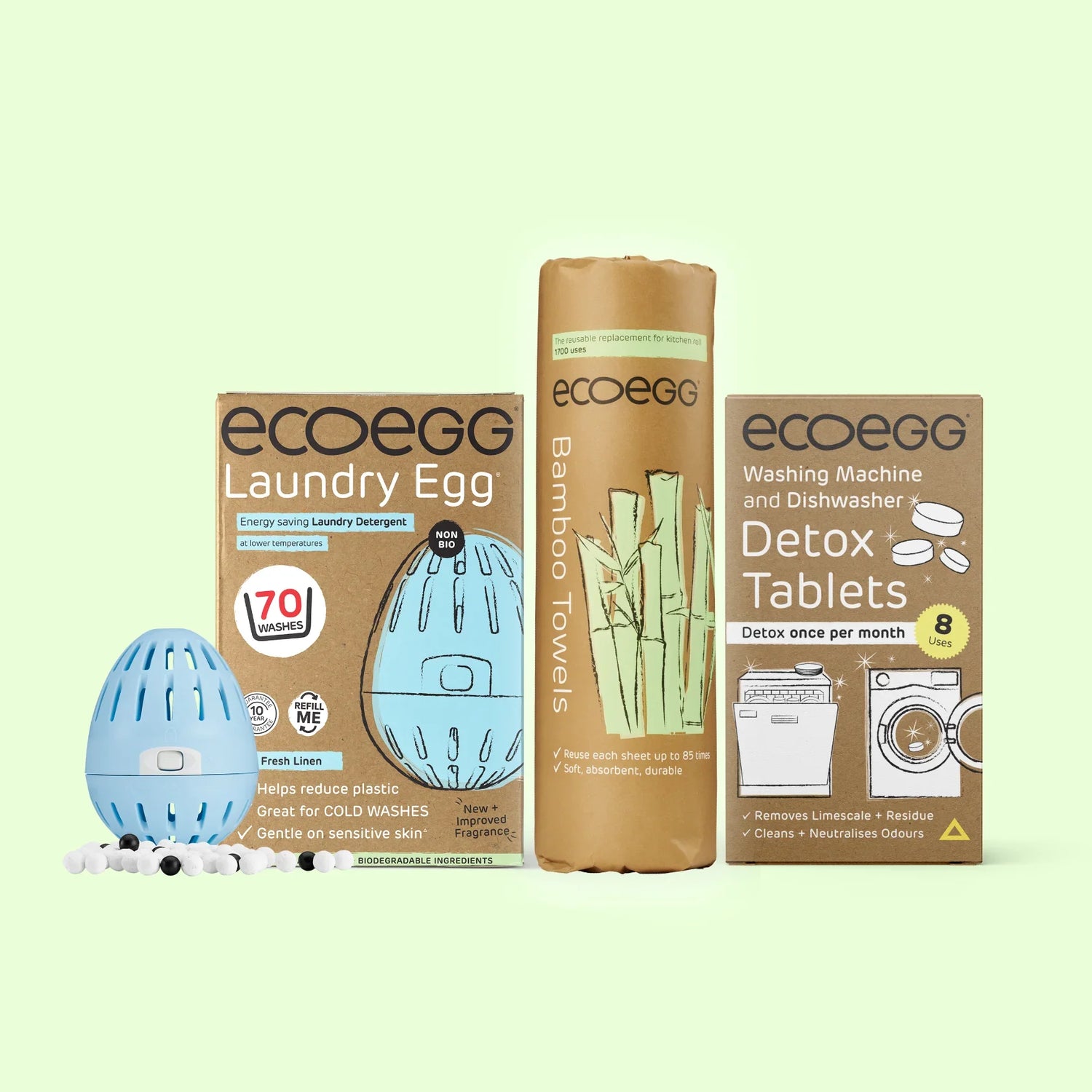
Sensory-Friendly Halloween Costumes for Neurodivergent Kids: Comfort, Creativity & Fun
Share
Halloween is a time for creativity, imagination and spooky fun but for neurodivergent children, traditional costumes can sometimes feel overwhelming and trick or treating challenging. Itchy fabrics, tight seams, noisy accessories, or strong smells can cause discomfort or sensory overload.
With some thoughtful planning, you can create costumes that are fun, safe and sensory-friendly, helping your child enjoy Halloween without the stress.
Prioritise Comfort
The key to a happy Halloween is picking a costume that your child feels fully comfortable in. Consider the textures and clothing types they already love:
-
Choose soft, breathable fabrics like cotton or bamboo. Avoid stiff polyester, sequins, or scratchy materials.
-
Tag-free clothing or removing labels helps prevent irritation.
-
Layer costumes over familiar clothing. For example, a superhero cape over pyjamas or leggings.
-
Avoid tight elastic, bulky seams, or costumes with wires or scratchy Velcro.

Sensory-Friendly Costume Ideas
Stuck for ideas when it comes to costumes? Here are some creative, low-stress options that adapt to your child’s preferences:
Everyday Clothes and Simple Accessories
If your child prefers familiar clothing, enhance it with small costume elements:
-
Cats & Dogs: Hoodies with ears, face-paint whiskers.
-
Astronauts: Comfortable joggers with NASA patches.
-
Doctors or Chefs: Cotton scrubs or aprons with playful props.
Pyjama-Based Costumes
Many pyjamas can double as costumes while keeping kids cosy:
-
Animal onesies (breathable materials only).
-
Glow-in-the-dark or superhero pyjama sets.
-
Soft wings, capes, or headbands if tolerated.
Wheelchair or Stroller-Friendly Costumes
Decorate mobility aids with lightweight materials:
-
Foam or fabric spaceship panels. Add grow sticks or reflective tape to make sure your child’s wheelchair is visible in the dark.
-
Royal carriage theme with ribbons and cloth.
Non-Toxic, Hypoallergenic Face Paints
Face paint can be fun but for neurodivergent kids, it can be a challenge. Here are a few tips to hopefully make the application process a little less challenging:
-
Choose water-based, non-toxic, hypoallergenic paints.
-
Look for unscented, FDA-compliant cosmetic brands.
-
Apply with soft brushes or sponges, not stiff applicators.
-
Stickers or paper masks are great alternatives if paint feels uncomfortable.
Manage Sensory Load
Halloween can be very overwhelming, especially if it’s your child’s first time going trick or treating. Reduce stress with these tips:
-
Bring noise-cancelling headphones or ear defenders.
-
Plan quiet zones at home or in the car.
-
Trick-or-treat early when streets are less crowded.
-
Skip wigs, flashing lights, or scented props if they bother your child.
Halloween should be joyful, inclusive and stress-free. By focusing on soft fabrics, gentle face paints and flexible designs, you can celebrate your child’s individuality and sensory needs. Whether they choose a superhero in sweatpants, a pyjama ghost, or a cosy animal onesie, the best costume is one that makes them happy, confident and comfortable.
Inclusive Halloween = Happy Halloween for Everyone! 🎃

